| Asset-Based Approach | A way of working that focuses on people’s strengths, abilities, and the positive resources in a community, rather than on problems or needs. | 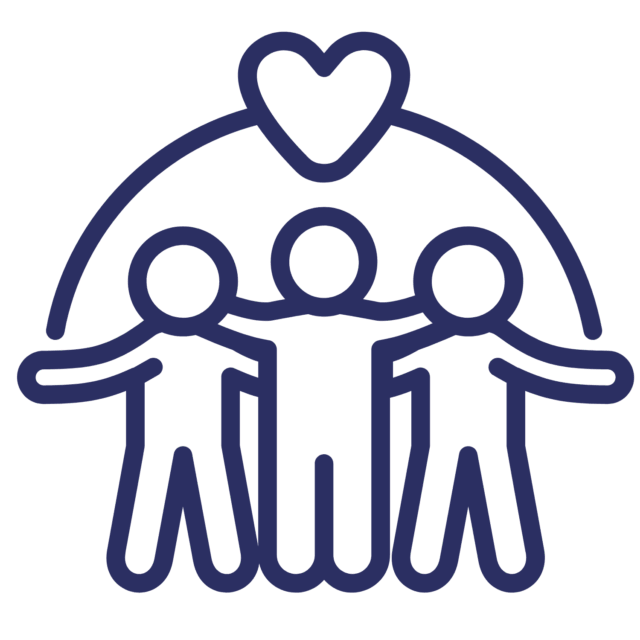 |
| Co-Production | When people who use services (like patients or community members) are actively involved in designing and shaping those services alongside professionals. | 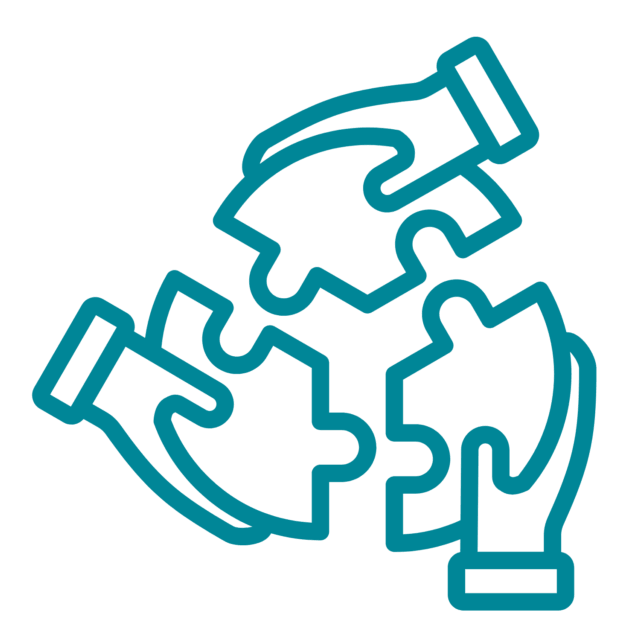 |
| Community Assets | Local organisations, groups, and services that support people’s health and wellbeing, such as libraries, gyms, walking groups, or peer support networks. |  |
| Health Inequalities | Differences in people’s health that are unfair and avoidable, often influenced by factors like income, education, or where someone lives. | 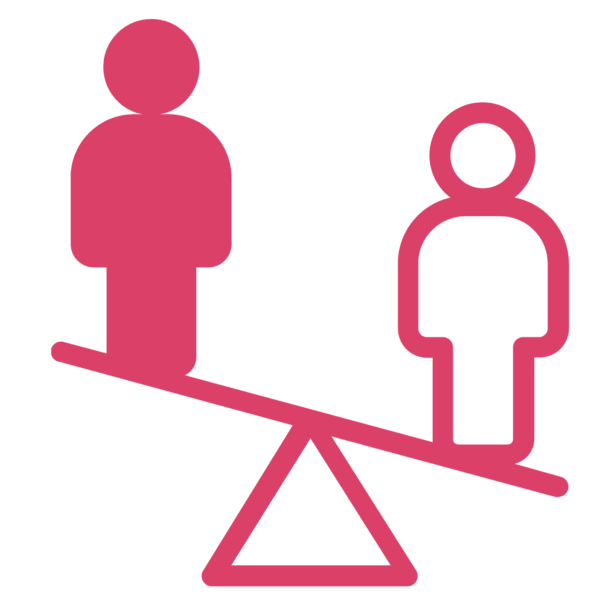 |
| Holistic Health | An approach to health that considers the whole person – including physical, mental, emotional, and social factors – rather than just focusing on illness or symptoms. | 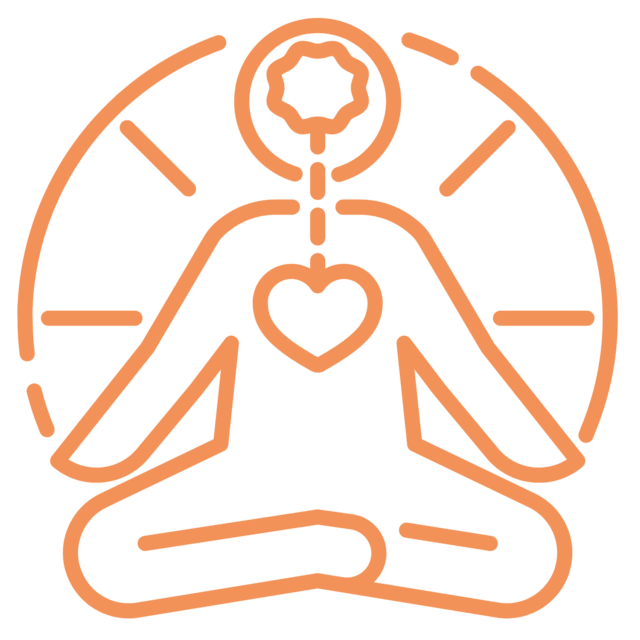 |
| Link Worker | A trained professional who helps people figure out what kinds of community activities or services might help them feel better and supports them in accessing these resources. | 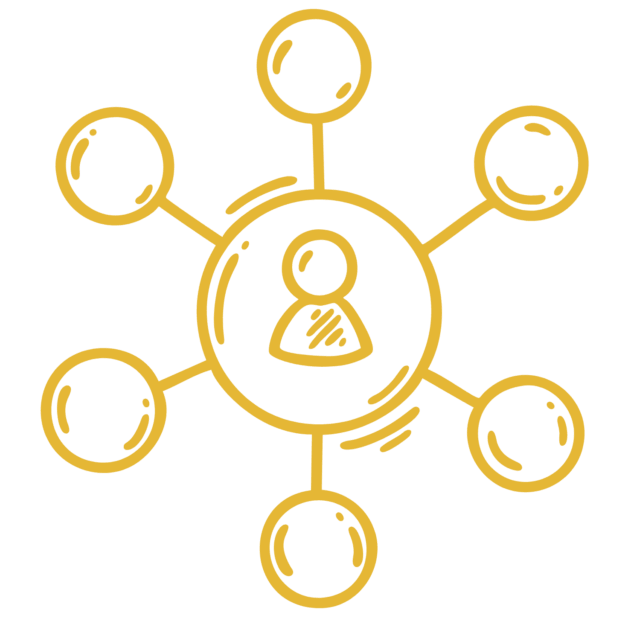 |
| Non-Clinical Support | Help or services that don’t involve medication or medical treatment, such as social activities, counseling, or community support groups. |  |
| Personalised Care | Care that is tailored to each individual’s unique needs, preferences, and circumstances, rather than offering a one-size-fits-all solution. | 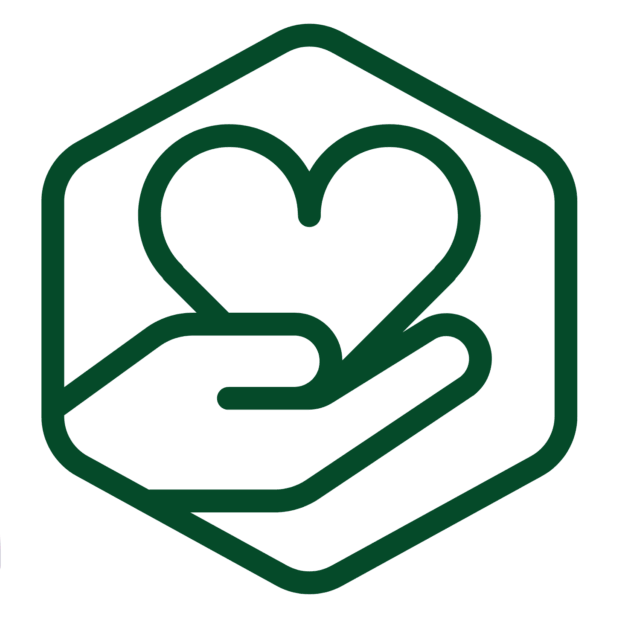 |
| Preventive Healthcare | Efforts to maintain health and prevent illness, such as encouraging social engagement, healthy eating, or regular physical activity. | 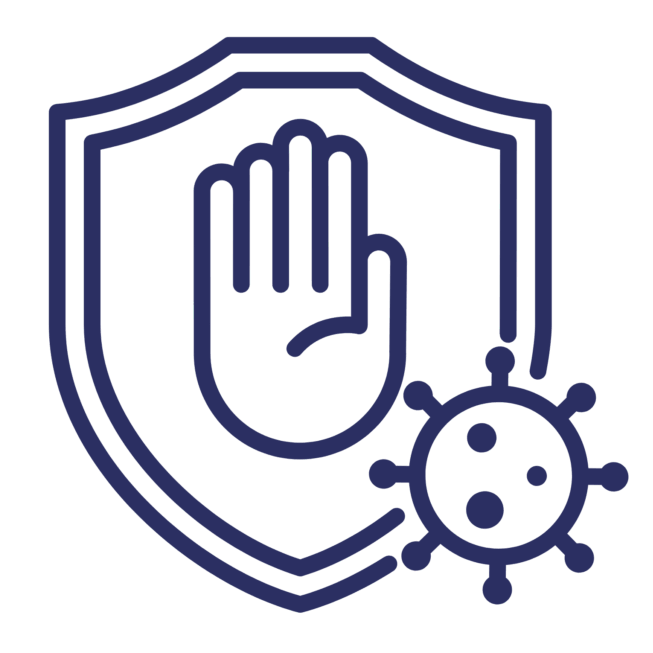 |
| Primary Care | The day-to-day healthcare people receive from general practitioners (GPs), nurses, or community health clinics. It’s often the first point of contact for health concerns. | 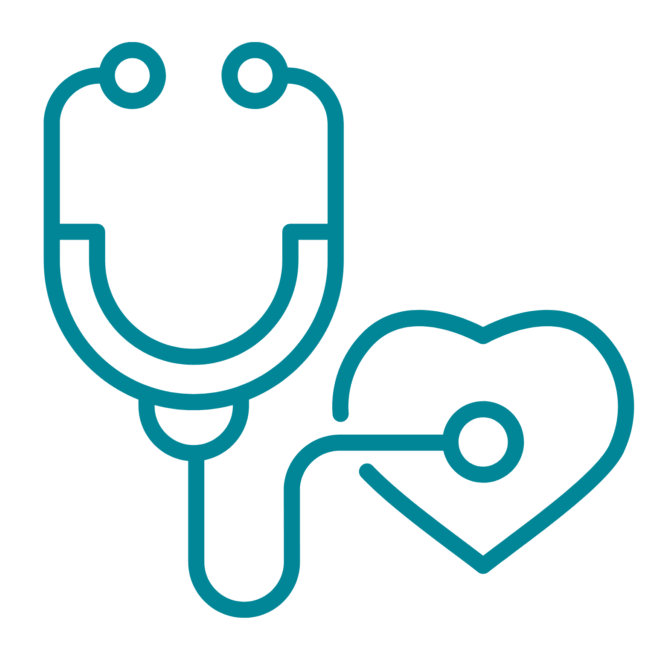 |
| Referral Pathway | The process of how someone is guided from one type of support or service to another, for example, from a doctor to a link worker, and then to a local gardening group. | 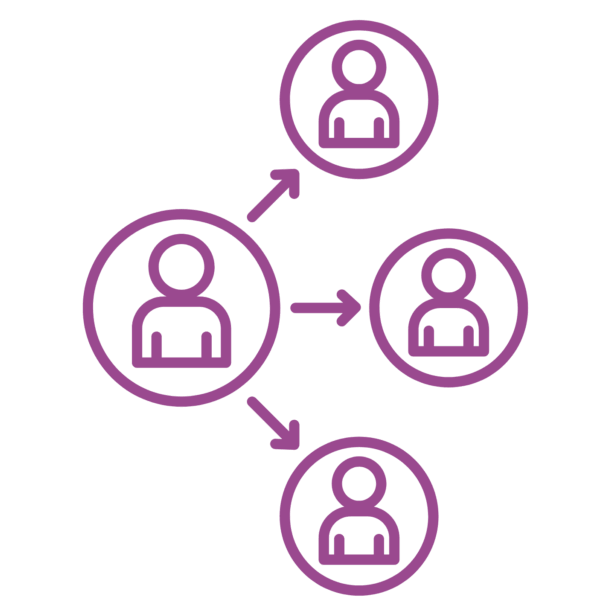 |
| Social Determinants of Health | The conditions in which people are born, grow, live, work, and age – such as housing, education, and social connections – that have a big impact on health outcomes. | 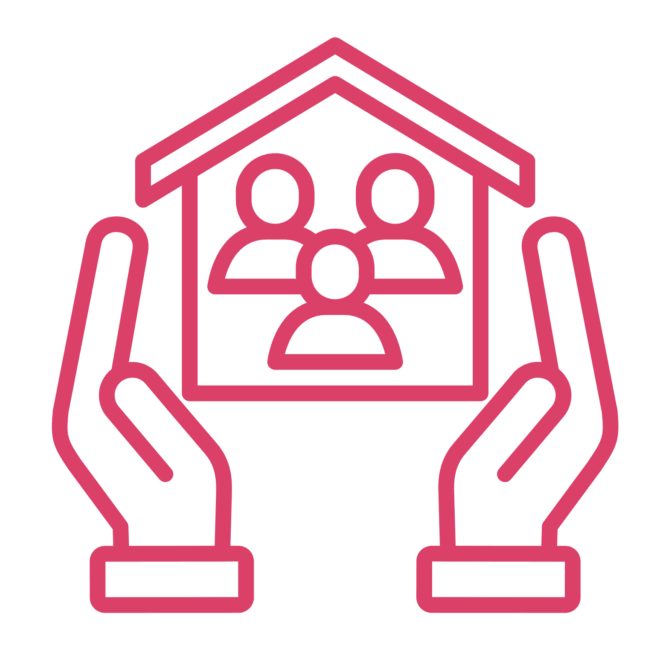 |
| Social Isolation | A lack of meaningful contact with other people, which can negatively affect both mental and physical health. | 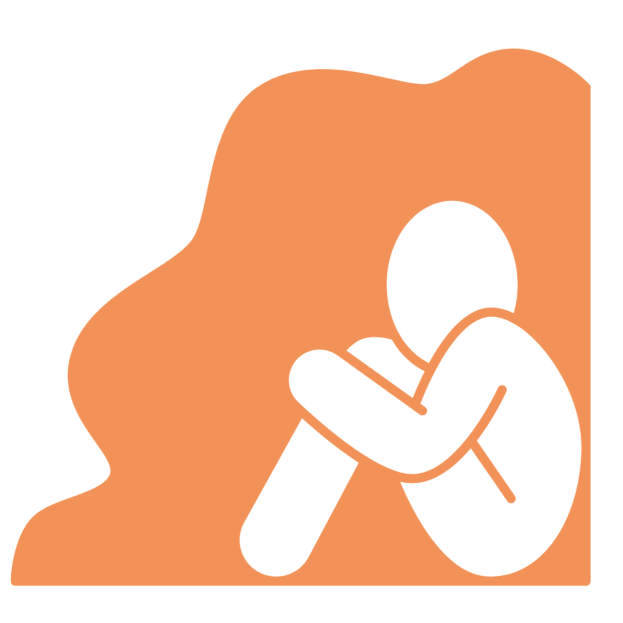 |
| Social Prescribing | A way for health professionals to refer people to non-medical support in their community – like exercise classes, art groups, or volunteer opportunities – to improve their health and wellbeing. |  |
| Wellbeing | A broad term that refers to a person’s overall physical, mental, and emotional health, including their sense of purpose, social connections, and life satisfaction. | 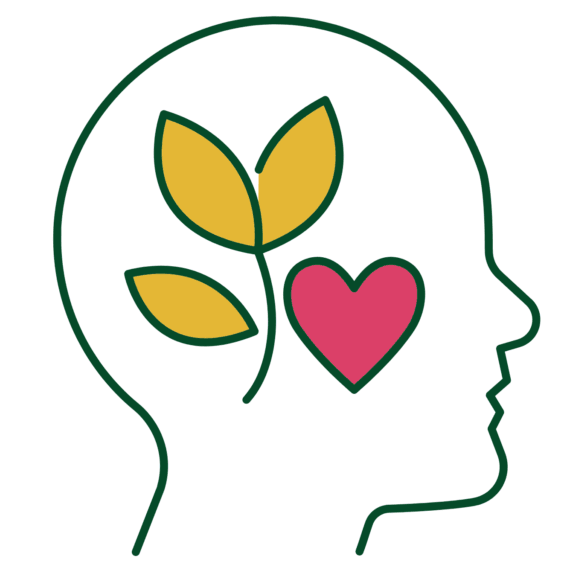 |














